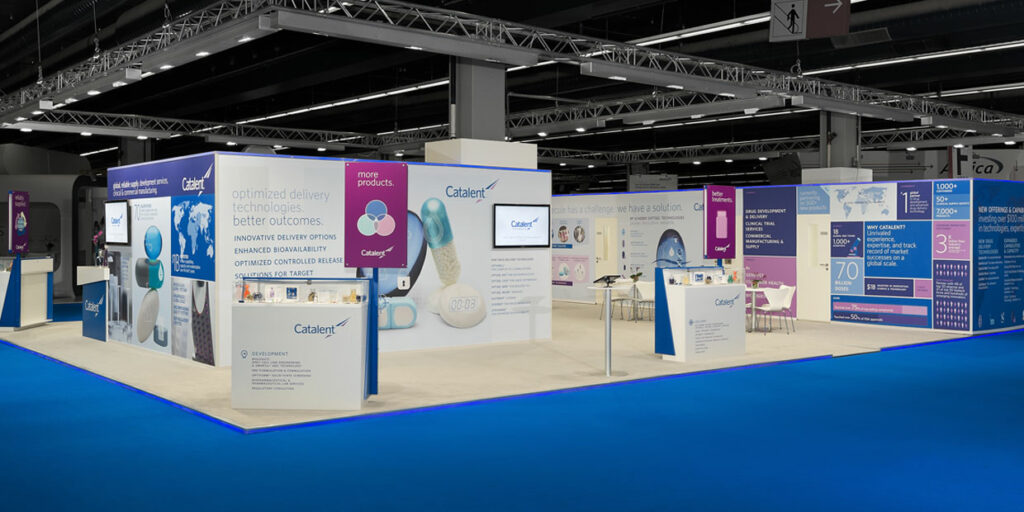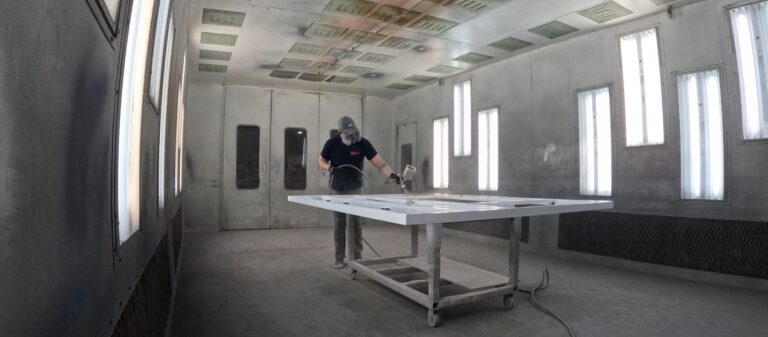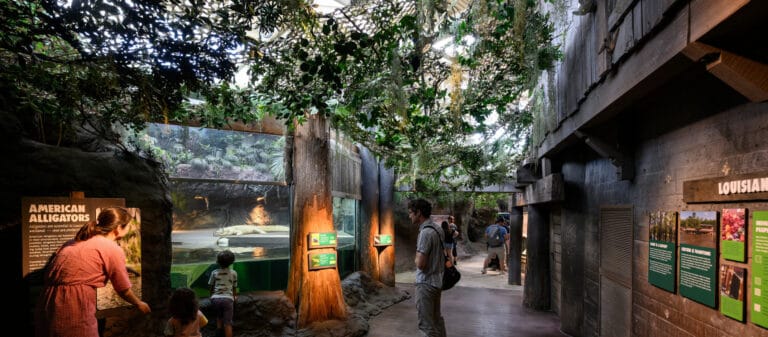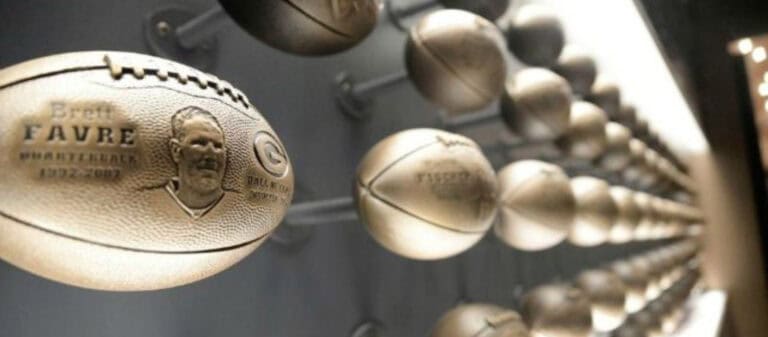The marketing world is constantly evolving. It’s a battle between marketing innovators looking for ways to engage their audiences and consumers who grow jaded about advertising over time.
Why Immersion Is Memorable
You’ve seen it yourself: How many internet ads do you blindly scroll past, filtering them out on autopilot? The beating heart of a good marketing strategy all boils down to two core components:
Emotional experiences and the senses.
Our senses control our memory. The sense of smell can act as a time machine, instantly transporting you back to another period in your life and conjuring images you’d long forgotten.
Evoking emotion in your target audience is the true intention of immersive brand marketing. Tying emotional experience to the senses of smell, sound, and touch creates memories that will last a lifetime.
Interactive experiences are hands-on experiences. They’re a tried and tested tool that belongs in any marketing solutions toolbox.
Creating Immersive Experiences
Creating immersive, sense-evoking experiences isn’t easy because – high concepts and outside-the-box ideas aside, your experiential marketing campaigns are targeted. They’re advertising campaigns with KPIs and intended outcomes.
You can’t measure your audience’s memories directly. You can’t know what sights and smells are lodged in their brains.
What you can do, however, is to find a quality in-house design team who knows your brand, knows your message, and knows your audience.
Working with the best allows you to craft immersive experiences like:
- Virtual museum tours
- Audio-based museum experiences
- Festivals
- Interactive on-site experiences
- Digital online events
How Museums Benefit From an Interactive Experience
Interactive experiences and memories are personal. So are museums.
Museums offer us a detailed look into the past, into ancient cultures and strange, forgotten norms. Everybody’s reason for visiting museums is different and unique to them, and the takeaways are, as well.
There are many ways of joining the world of experiential design – and it all starts with research. The best way to get involved is to experience exhibits first-hand and go from there.
Digital Interactive Experiences
Like other “in-person” industries, museums and art galleries hit a brick wall when faced with the pandemic. Unending lockdowns and regulated public spaces made life harder for them.
What might digital experiences look like?
Broadly, they fall into two categories: Digital on-site experiences, and digital remote experiences. Remote experiences can be enjoyed from the comfort of a couch at home.
Remote digital experiences include formats like:
- Digitally rendered art galleries
- Augmented reality experiences tailored to users
- Dedicated smartphone apps
And that’s just the tip of the iceberg.
The generation-z encapsulating video game sensation “Minecraft” has a dedicated virtual library.
Its key selling point?
It houses copies of forbidden texts that are banned by law in countries like Russia, Egypt, and Saudi Arabia. The texts are ones that journalists and writers were imprisoned and murdered for.
It makes for a powerful, interactive statement. It’s a bold feat of marketing that shows that the sphere of digital experience knows no boundaries.
While remote experiences lack the potential revenue streams of admission fees, on-site memorabilia sales, and on-site donations, they offer a different benefit.
Museums thrive on regular visits and attracting new visitors remains a tricky marketing problem. Offering (potential) audiences the chance to interact with exhibits and events without traveling to a physical location is enticing.
It’s a form of self-sustaining marketing that has the potential to attract wholly new audiences who otherwise would show little interest.
On-site Interactive Experiences
Interactivity is a core part of the museum experience.
While some genres of museums lend themselves more to it than others, all can benefit. It’s easy to envision fun, hands-on activities for a science museum, but there’s little “interactivity” that springs to mind when it comes to the Mona Lisa.
That doesn’t mean your brand can’t get creative, though.
For instance, the Louvre implemented an augmented reality experience to solve the problem of visitors crowding around said work of art with a mere 30 seconds to view it.
Now anybody can see the Mona Lisa up close.
Get Hands-on Today
At 1220, we have years of experience in creating installations and immersive experiences that create lasting memories for all visitors.
If you are interested in building an immersive experience for your company or museum, check out our work on our website under Portfolio, or reach out to us to talk to an expert today.
If you’re keen on getting involved in the world of experiential design and bring some unique experience, we would love to chat! Feel free to reach out to us on our website.









